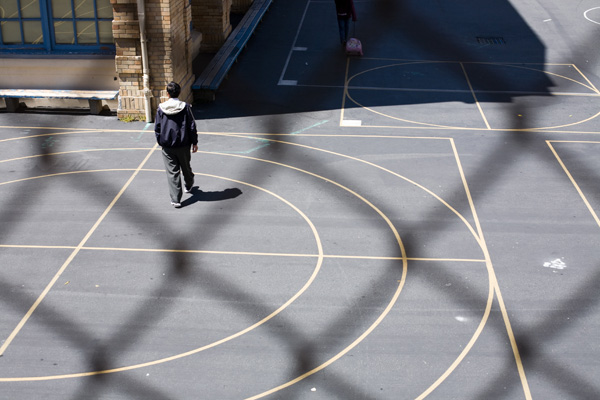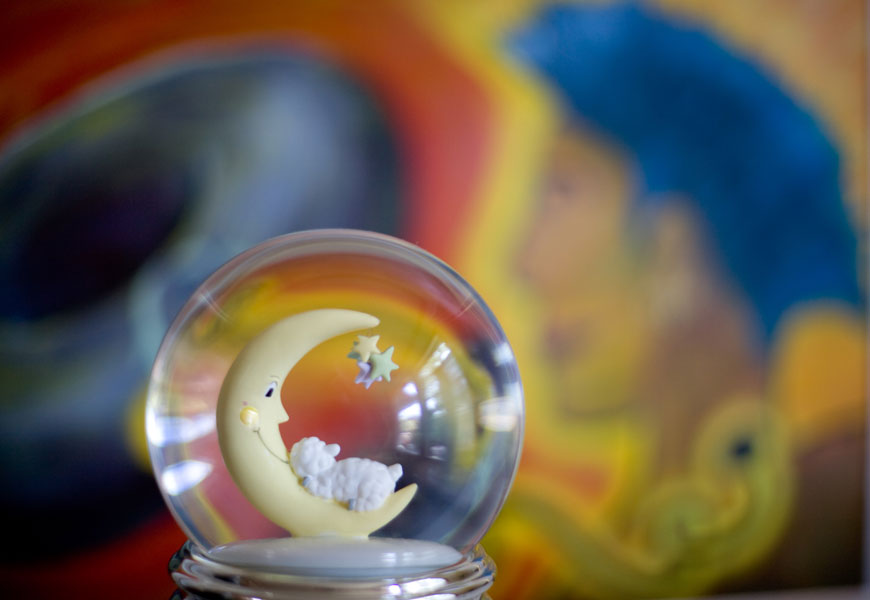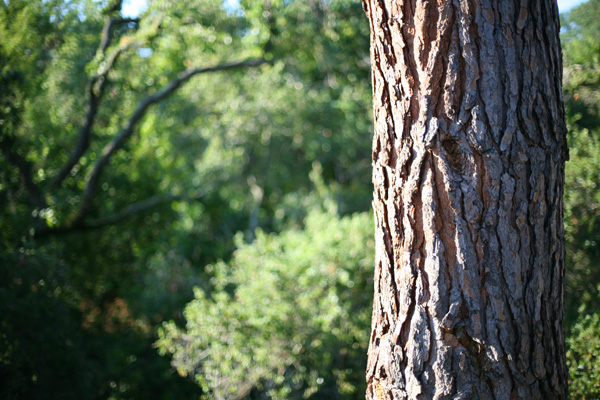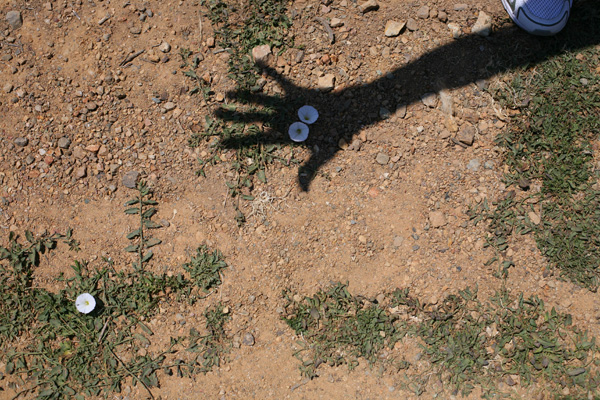This is going to be my last blog post for a couple of weeks, as I’m going to be busy with other things.

I got some revision suggestions for Hylozoic from my Tor editor, Dave Hartwell. He felt that the first half reads a little slow, and he suggests I put in more chapter breaks to pick up the pace, essentially splitting each of the book’s chapters into 2 or 3 pieces.
That’s a good idea, I think readers find it easier to have a book in manageable chunks. When I was composing the book, I was into a “long breath” notion, cf. Jack Kerouac’s notion of a saxophonist playing a very long jazz chorus. I was thinking of each chapter as a kind of novella. But they do contain natural breaks, so it’s not hard to make some splits.

I’ll put in some extra wows at the new chapter ends to give them punch, and I’ll even subdivide some chapters with “***” breaks. At this point I see 19 chapters instead of the 8 I had before. The chapter titles?
Chapter 1: After Everything Woke Up.
Chapter 2 : Moving the House.
Chapter 3: Jayjay and the Beanstalk.
Chapter 4: The Missing Gnarl.
Chapter 5 : Alien Tulpas.
Chapter 6: The Peng.
Chapter 7: The Hrull.
Chapter 8 : Coma Nurse.
Chapter 9: Lusky.
And…

Chapter 10: Ergot.
Chapter 11: Hieronymus Bosch’s Apprentice.
Chapter 12: Painting the Thistle.
Chapter 13: Hrull Gel.
Chapter 14 Viral Runes.
Chapter 15: In the Stew.
Chapter 16: The Magic Harp.
Chapter 17: To the Gibbet!
Chapter 18: The Maelstrom.
Chapter 19: Transfinite.
My editor likes the Chu character, he said he was surprised how well he worked, and that it was refreshing to find an autistic character in an adventure novel where external stuff is happening, something which my reader Sarah Heacox blogged about as well.

I worry a little that the main thing I really wanted to write about, that is, hylozoism (everything being alive) doesn’t come through as strongly as I wanted. But, really, it does shine through pretty well. It’s better to take a light touch with this, I think, and not have every single object making a speech…
The revision work feels painfully clumsy and slow, and, as usual when writing, I’m anxious. I do worry that I made Hylozoic too complicated. I’m looking for ways to simplify the science ideas, but it’s hard to just take something out, as the whole thing gets to be like a mathematical proof or a Swiss watch—if you take out one of the gears, the thing doesn’t tick.
Maybe for some readers a certain background complexity of scientific ideation is a good thing? Said the crazy old man wistfully.
Yes, I know that I’m worrying too much. If I didn’t worry a lot, I probably wouldn’t write at all. Actually, my editor didn’t think the complexity is a problem at all. People just zip through that, it’s expected in modern SF.

I think part of my difficulty in working out the story is that all along I was seeing Hylozoic as the middle novel of a trilogy. On the one hand, a lot of complex back-story sloshed over from Postsingular, and on the other hand, I’d been trying to foreshadow some story and plot ideas for a third novel in the series that I was calling Transfinite.
I decided yesterday that I don’t actually want to go on and write that Transfinite as a third novel. I want to bail from this stress and cut it down to a two-novel series. Often, the sales of a third volume of a trilogy are lower than the sales of the two before—except of course for the exceedingly rare runaway smash. So why do it?

I recall that my 1980s novels Software and Wetware sold really well as a pair, and then, in the 1990s, when I added on two more to the series, Freeware and Realware, they didn’t sell so well.
Okay, so what do you call a pair of linked novels? “Duology” is okay, but I’d prefer to call it a “double feature”! In any case, it could still be that eventually I revisit the Postsingular series world and its characters with a fresh adventure. But this way, I’m free to take on something different for my next novel. Maybe something simpler next time…

By way of cutting my series down to a double feature instead of a trilogy, I plan to add a chapter describing in detail a scene that I’d set up for the start of Transfinite. Taking the time to add this material will probably delay the release of Hylozoic until Fall, 2009, instead of Spring, 2009.
Transfinite was going to start with an account of Thuy Nguyen’s trip into the transfinite, or “beyond infinity” (which is not a joke concept, despite what the movie Toy Story seems to suggest), with her husband Jayjay and the painter Hieronymus Bosch, who’s one of the characters now.

By the way, a preliminary draft of one of my Bosch scenes appeared in Flurb—although I’ve revised that piece a lot in the meantime, and am still working on it, as Bosch needs to be more particularized to work as a character.
For the new material in the final chapter of Hylozoic I’ll essentially fold that start of the projected third volume into a chapter-length “metanovelistic” account by Thuy Nguyen of her trip beyond infinity — she’ll just be telling it to her friends, knowing that it’s going out live on the Internet, abandoning her notion of selling the story, and just telling it now so that she can write an entirely different metanovel for her next work. I am Thuy, actually…

“It’s all tangled up,” protested Chu after Thuy told her tale. He’d been brooding about the muddled chain of cause and effect. “It doesn’t make enough sense.”
“It’s what it is,” said Thuy. “And now that I’ve told you this end part, I’m not gonna bother writing it up as a separate metanovel. Everyone on the web heard what I said. This story’s done right now, just as it is.”

Catch ya later, mischief-makers…
































